A little over a month ago, a huge bomb went off in the Star Wars community, as merchandise for the newest film, Star Wars: The Force Awakens, hit stores a whopping three month in advance, an event lovingly called “Force Friday.” Shelves were flooded with action figures, board games, apparel, and even notebooks, all for a film that hadn’t even been released yet. Stranger still, is that Force Friday was a huge success. Crowds of people showed up, waiting in lines and saving spots, all to buy merchandise for characters, vehicles, and worlds they don’t even know much about. In fact, much of what was released hadn’t even been seen until that day. Being both a fascinated scholar and a huge nerd, I realized I’d have to investigate.
Much like Black Friday, stores opened at midnight with freshly stocked shelves and a hoard of shoppers lined up at the doors. Being located in Carlisle, far from urban shopping epicenters, I believed that going after class during the day would be adequate for both finding people to interview as a scholar and stuff to buy as a fan. On both counts I was wrong. I arrived at the local Target at the end of the day to find nearly empty shelves and almost no Star Wars shoppers. I had clearly underestimated the ravenous and dedicated nature of my people.
Still I did manage to get some opinions on the matter, both through my own experience and through conversations with other fans. Force Friday was an incredibly impressive feat to pull off in a marketing sense, and I honestly can’t think of many other franchises that could’ve executed a campaign of this magnitude without a hitch. Not to mention the majority of advertising was done via the Internet, with little to no television ads for it. Most of the shoppers I interviewed had learned about the event via YouTube.
As for Force Friday’s overall effect on the franchise as a whole; my feelings are a little more mixed. On the one hand, this event was incredibly inclusive, catering to both long time fans and newer, more casual ones. It also generated a lot of hype, and I know that I personally was excited to see all the new stuff for the film and to get my hands on some Legos once I got to Wal-Mart and found a set in my price range. It’s fun to speculate on what the role of these characters and items will be in the story. However on the other, I can’t help but worry a bit about how easy it is for marketers to sell Star Wars merchandise without fans even seeing the movie. In a way, it insures the film will be a success even if it winds up being awful. If all they made were trailers for example, then they would still be turning a profit even if no movies were ever released.
Even with the best intentions however, assuming that Disney is really trying to make the best film they can, there’s still an issue I see developing. When speaking with fans, I had a chance to geek out and ask them what they thought the movie was going to be like. I heard some awesome theories as we exchanged ideas, and I can honestly say I hope some of our guesses were right. There lies the best and worst thing about Force Friday, however: making attachments and building up hope. The reason I feel fans are so ready to buy these early releases is that we are handed tons of material, but little to no rules on how to engage with it. For the months leading up to the film we get to tell this story ourselves, and we get to decide who characters like “Kylo Ren” (picture above) are, how events like “the battle of Jakku” will go, and even how the new ships operate and fly about. All the while, we’re making connections to facts and characters that might not be true, and our expectations are being set the impossible standards of our near infinite imaginations. We aren’t getting connected to a story, but instead to the things related to it, which means even at its best, people might wind up being somewhat let down when the movie doesn’t accomplish everything they had a chance to imagine.
I’m not saying The Force Awakens is going to be a let down, and in all honesty, I am excited to see it. I also think building hype is both a valuable asset to filmmakers and a fun experience for fans. My concern is something that stretches a little farther out than Force Friday, or even the Star Wars franchise as a whole. A lot of these franchises, like Star Wars, Marvel, etc., start off with a lot of heart, and people have gotten incredibly attached to them as icons of pop culture. While I still think these titles have a lot of that potential left, my fear is that we as fans are so hungry for more, with our constant need to generate buzz, to look up cast lists, to watch and rewatch trailers, and to just constantly demand more, that we’re draining these things. Disney already has six Star Wars films planned out, and fans have already started speculating and writing articles about all of them. Marketers can be blamed for some of this, but we’re the ones who’ve developed a fan culture allowing marketers to do what they do. There is such a thing as too much of a good thing, and our impatience may be leading us closer and closer to the day when a new Star Wars movie becomes something that makes us sick to our stomachs.
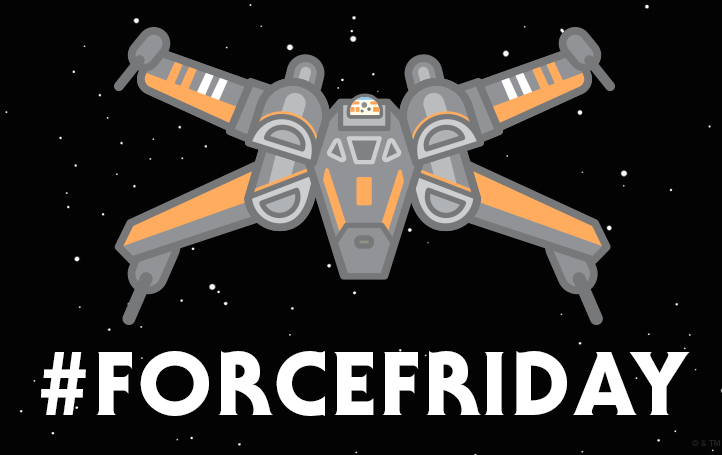
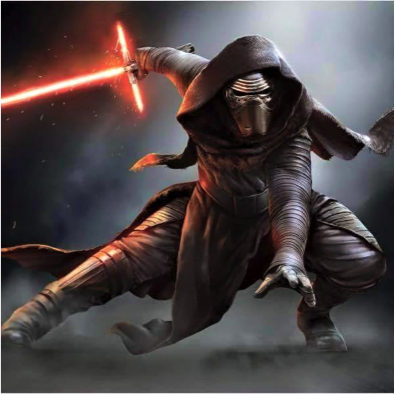
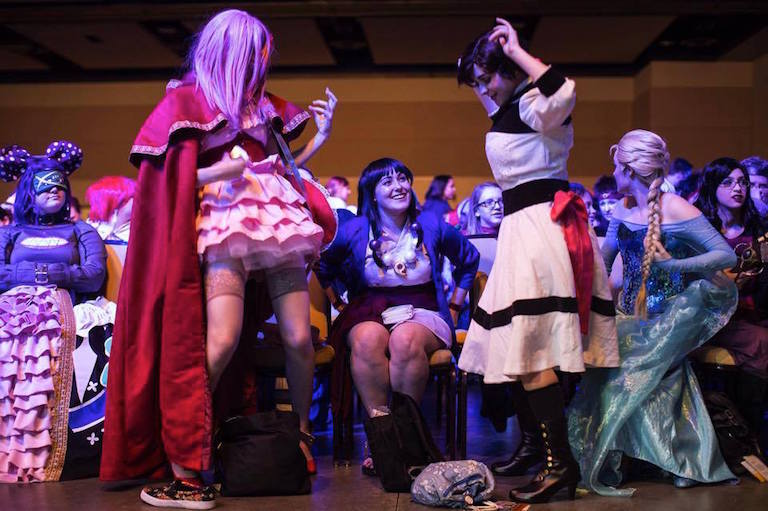
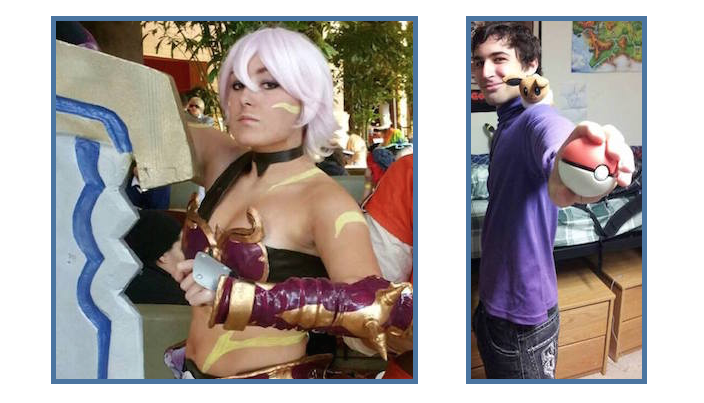
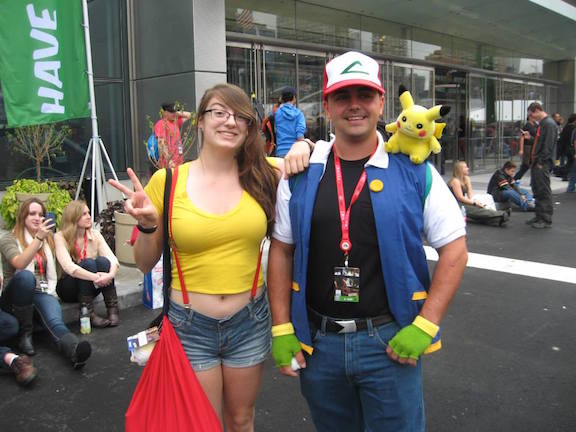
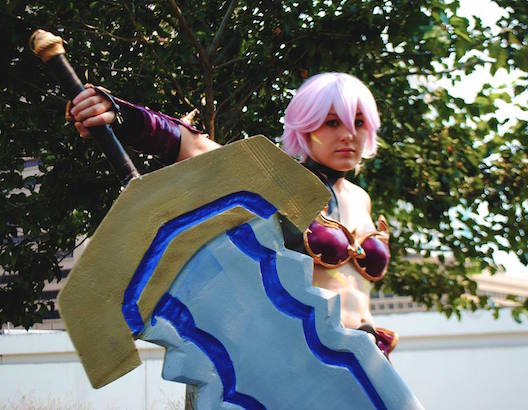
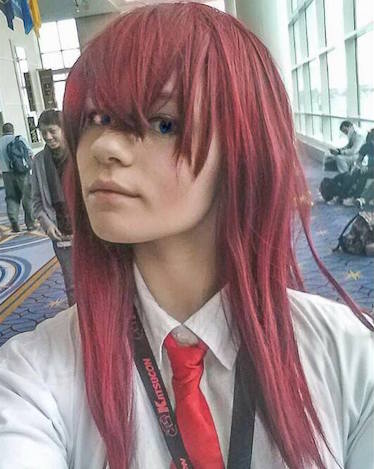
Recent Comments